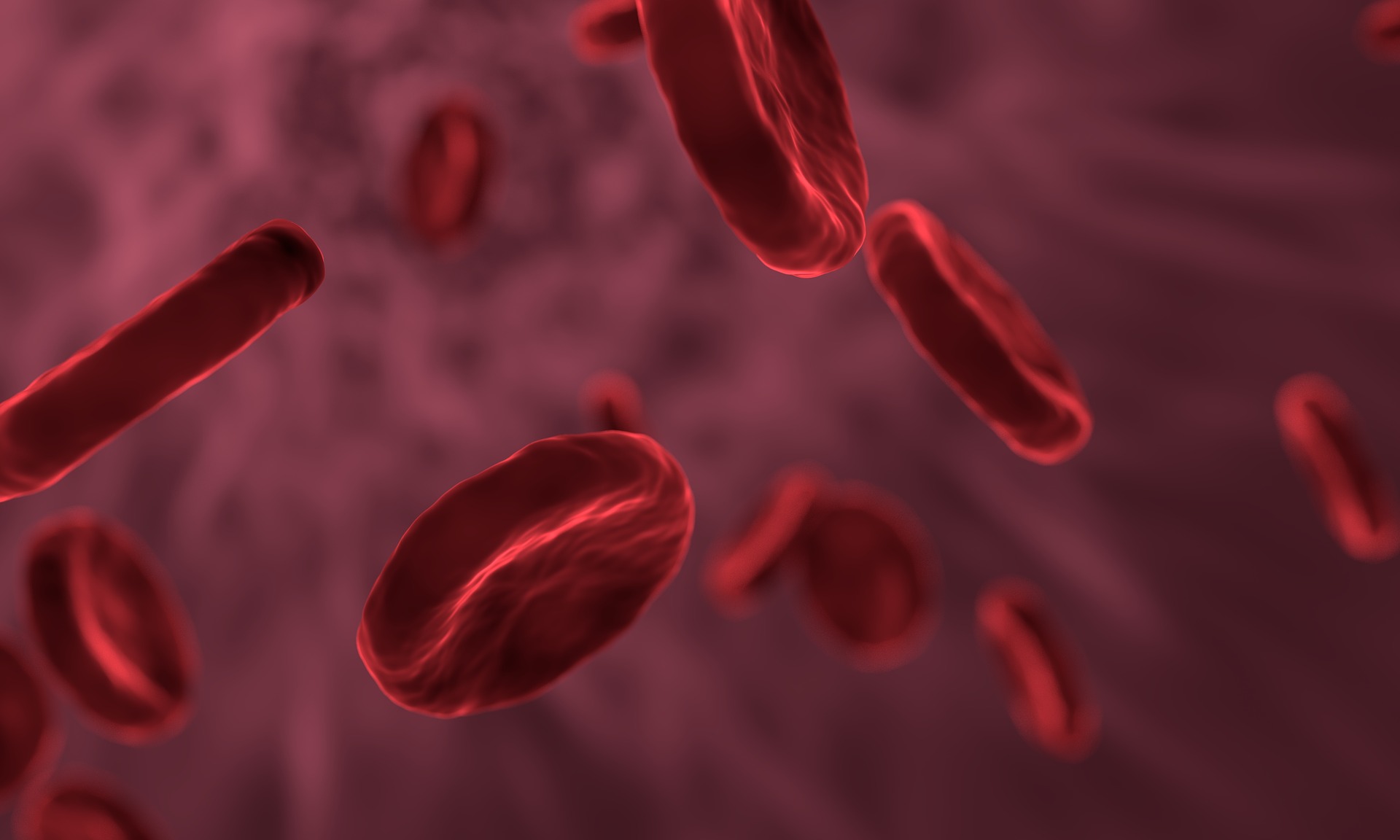Almost everything in our bodies is made from or by proteins. Just like reading a book opens a window to the world, studying these molecules helps us understand human physiology better. With this in mind, we created the first repository housing the exact composition of 57000 proteins in blood cells and managed to advance the prediction of whether liver transplant recipients may reject their graft.
Blood and bone marrow contain a variety of cell types that execute diverse functions, from transporting oxygen (red cells) to immune defense against pathogens (white cells). All cell types in a person have the same DNA, but what differentiates them are the proteins each expresses. Proteins are macromolecules composed of amino acids, which are the essential building blocks of all cells. Each protein derives from a specific gene in the DNA, and its function is closely related to cell activity. Genetic variations (or else mutations) and other modifications that happen during or after protein production create unique protein types known as proteoforms. DNA sequencing cannot predict proteoforms (besides those related to amino acid mutations), and most diseases are the consequence of changes at the protein level, making it extremely important to know the proteoform composition of human cells.
Proteomics refers to a group of methods used to examine proteins in cells, tissues, or whole organisms and determine their composition or proteome. “Bottom-up” proteomics (BUP) is the most widespread method to study proteomes. BUP uses enzymes to digest the proteins in small peptides (molecules composed of a few amino acids) that are easy to analyze and identify. Based on the identified peptides, it is possible to infer the proteins in the initial sample. However, in most cases, it is not possible to assign which exact proteoforms were present in the sample because when multiple peptides with modifications from the same protein are assembled together, it is impossible to know the organization of their initial coexistence, and this information is lost. Thus, the best way to analyze proteoforms is by using “top-down” proteomics (TDP). Here, the protein species are kept intact, and it is possible to identify their modifications correctly. However, the analysis of intact proteins by TDP is more challenging than BUP, requiring experienced personnel and specialized equipment.
To explore the proteoform composition of the cells present in human blood and bone marrow, we isolated 21 different cell types, including red blood cells, total white cells, B cells (responsible for producing and releasing antibodies), T cells (help protect the body from infections), macrophages (surround and kill microorganisms), platelets (pieces of cells that help to form blood clots), and plasma (fluid part of the blood that carries the blood cells). Their proteoforms were then extracted from the cells, separated based on their size, and analyzed by TDP. The
Blood Proteoform Atlas - BPA was created using almost 57,000 identified proteoforms from more than 9,000 genes, forming the first proteoform repository from human blood cells. The number of unique proteoforms identified in this work is ten times larger than in previous studies. The results boosted our understanding of the process during which young, immature (unspecialized) blood cells take on individual characteristics and reach their mature (specialized) form and function, provided an average number of proteoforms per gene product, and definitively showed that proteoforms occur in specific cell types.
With a reference set of blood proteoforms, the BPA can also support clinical research and patient care with more precise information than the one offered by the protein tests. Indeed, we successfully used the BPA to find specific proteoforms that could help to predict graft (transplanted living tissue) rejection in liver transplanted patients. First, we compared the total amount of proteoforms in white blood cells from three liver transplant groups: (i) those with excellent transplantation, (ii) those who showed acute dysfunction with no rejection, and (iii) those who showed acute rejection. We identified 61 proteoforms that have their amounts increased or decreased in the comparisons between the three experimental groups. Subsequently, we developed a new assay that only analyzed the 61 proteoforms of interest in a targeted fashion and interrogated a new set of samples divided into the same three groups. After this second analysis, we selected 24 proteoform candidates that can potentially help diagnose liver rejection and be used in a future clinical test. In this context, directly measuring clinically relevant proteoforms could advance patient care by identifying early specific signs of rejection against the transplanted organ, giving clinicians information to personalize anti-rejection therapy that cannot be administrated for an extended period at high doses.
In summary, the study of proteoforms is shown to improve our understanding of health and disease status in the human population. The BPA is a foundational resource for advancing fundamental knowledge of proteins in human cell types, helping physicians to provide patient-tailored treatments, and supporting the development of new clinical tests in the future.
Original Article:
Melani, R. D., Gerbasi, V. R., Anderson, L. C., Sikora, J. W., Toby, T. K., Hutton, J. E., Butcher, D. S., Negrão, F., Seckler, H. S., Srzentić, K., Fornelli, L., Camarillo, J. M., LeDuc, R. D., Cesnik, A. J., Lundberg, E., Greer, J. B., Fellers, R. T., Robey, M. T., DeHart, C. J., … Kelleher, N. L. (2022). The Blood Proteoform Atlas: A reference map of proteoforms in human hematopoietic cells. Science, 375(6579), 411–418. https://doi.org/10.1126/science.aaz5284
 Health & Physiology
Health & Physiology



